Open a book about whisky from the 1980s and you’ll find a dour picture.
The 1970s energy crisis’s effect on inflation and consumer spending – coupled with the boom in white spirits, like vodka and rum – led to overproduction and a “whisky loch”.
Distilleries such as Brora were mothballed and others including Dallas Dhu, near Forres, shut.
Now, that story’s being hastily rewritten – the growing middle classes in China and other emerging economies, plus resurgent demand from traditional markets such as France and the US are fuelling thirst for Scotch.
Better times for our national drink
Scotland now has nearly 150 malt and grain whisky distilleries, dotted from Kimbland on Sanday, Orkney, to Bladnoch on the Solway Firth.
As well as multinational players expanding, scores of smaller distilleries have opened, often in rural spots and on the islands.
A change in the regulations in 2009 legalised stills holding fewer than 1,800 litres (396 gallons), letting UK craft distillers follow in the footsteps of their American cousins.
Yet the spectre of inflation has reared its ugly head again, stoked once more by reliance on oil and gas, triggering the end of an era of artificially low interest rates.
Could those financial pressures lead to a wave of mergers and acquisitions (M&A) among Scotland’s craft whisky distilleries?
Ian Stirling is chief executive at Muckle Brig, the company behind Port of Leith whisky and the Lind & Lime gin distilleries.
He said: “Without a doubt, there are some willing sellers out there.
We’ll see quite a lot of movement in the next few years.”
Ian Stirling, CEO, Muckle Brig
“A lot of these smaller distilleries were created with a view to an exit within a five to 10-year timeframe.
“There are definite opportunities and efficiencies to be gained in combining some of these businesses and creating a group through M&A. We’ll see quite a lot of movement in the next few years.”
Costs can be cut through buying raw materials and casks in bulk, as well as via back-office savings, he said.
What our neighbours @britanniayacht see 👋#thingstodoinedinburgh #portofleith #royalyacht pic.twitter.com/4Kmc14Y8tq
— The Port of Leith Distillery (@leithdistillery) January 6, 2024
He added: “M&A isn’t the only way to achieve those savings.
“We’re in talks with a couple of other distilleries about buying gas together and creating a consortium without losing our independence. We get approached by people who are interested in buying our company, but we created this business because we want to grow it in the long term and, ideally, one day buy other companies to grow our group.”
Alex Bruce, managing director at Adelphi, which owns Ardnamurchan Distillery, agreed that some shareholders will want an exit at the three-to-five-year mark.
Others will be forced into a “distressed” sale, he said.
Mr Bruce explained: “I hate to say this, but I’m sure it will happen to someone.
“There are so many distilleries still being built, and some by people who are coming into the industry without knowing about the supply chain and distribution.”
He also pointed to the soaring cost of casks on the supply side and a “cluttered” market for distribution, with a growing number of brands chasing shelf space.
Some producers undoubtedly ‘looking for a golden parachute’
Alex MacDonald has already fought off two potential takeover approaches.
Mr MacDonald founded North Point Distillery near Thurso in 2020, with his friend, Struan Mackie.
And he launched the Dalclagie whisky brand last November.
He said: “For us, it’s about the long-term, rather than settling for the short-term profit.
“But as we see duty increasing, malt prices going up, rumours of energy prices going up, and cask prices exponentially increasing, you’re going to find a lot of entrepreneur-owned distilleries feeling that pressure and effectively looking for a golden parachute.”
Mr MacDonald believes the consolidation that’s taken place among larger distillers in recent decades and the ensuing higher valuations will mean both investors and trade buyers will turn their attention to the craft whisky sector instead.
He added: “Over the next three-to-five years you’re going to see private equity funds, venture capitalists, and for that matter big spirit houses really starting to look at the small-to-medium tier of Scotch whisky for M&A opportunities.
Smaller distilleries likely targets
“They’ll be looking at smaller distilleries – circa sub-500,000 litres (about 110,000 gallons) of pure alcohol (LPA) a year – as nice bolt-on additions for their stock portfolio, or perhaps as higher-end offerings for export markets.”
Ardgowan on radar for foreign buyers – and it’s not even fully built
Construction of the new Ardgowan Distillery near Inverkip started last autumn.
Its founder and chief executive, Martin McAdam, received regular approaches from potential Chinese and Indian buyers between late 2020 and early last year.
With the much-vaunted trade deal between the UK and India to cut import tariffs on Scotch having failed to materialise so far, these inquiries have dropped off in recent months.
The River Kip has been full flow after all the rainfall in the recent days. Remember today's rainfall is tomorrow’s whisky! #JoinTheClan pic.twitter.com/UsKEBsaP7C
— Ardgowan Distillery (@ArdgowanWhisky) September 25, 2023
Mr McAdam said: “For someone to be an acquisition target, they have to be of a certain size – probably producing between one million and two million LPA – so they can produce enough liquid to reach a global market, or a significant chunk of a specific market.
“But there could be some really interesting acquisitions right now if a buyer is looking for something more specialised, perhaps around 200,000 or 300,000 LPA.”
Infrequent distillery sales
The challenge in judging demand for M&A in the craft market is that smaller distilleries are sold infrequently.
French giant Remy Cointreau paid £58 million for Islay’s Bruichladdich back in 2012.
And in 2018 Macallan owner Edrington sold Glenturret to Swiss firm Art & Terroir for £31.2m.
Elsewhere, private equity house Inverleith acquired Eden Mill near St Andrews, Fife, in 2022 for an undisclosed sum.
Brian Moore, a partner at law firm Dentons, has worked on distillery deals at either end of the whisky spectrum.
Past projects include his role in setting up Nc’Nean on the Morvern peninsula and Lindores Abbey in Fife.
Another was Famous Grouse-maker Edrington’s Glenturret deal with Lalique crystal owner Art & Terroir.
Mr Moore said: “Given the number of distilleries that have been built in the past 20 years, I think there are opportunities for both investors and trade buyers.
“For a larger distiller, the questions come down to strategy.
“Is it about diversification through buying a distillery that’s seen as a ‘challenger brand’ or one in a different whisky region – if you don’t have a Lowland or Islay malt, for example?
“Or is it about finding a distillery in or near the central belt that could become the ‘brand home’ for a visitor centre?”
Larger distillers are also under pressure to improve their sustainability.
According to James Waterson, founder of Green Business Finance, smaller distilleries with a lower environmental impact are more attractive acquisition targets.
He explained: “It’s a lot easier to take those necessary steps to be green as an independent or a start-up than it is for a larger operator on a grander scale.”
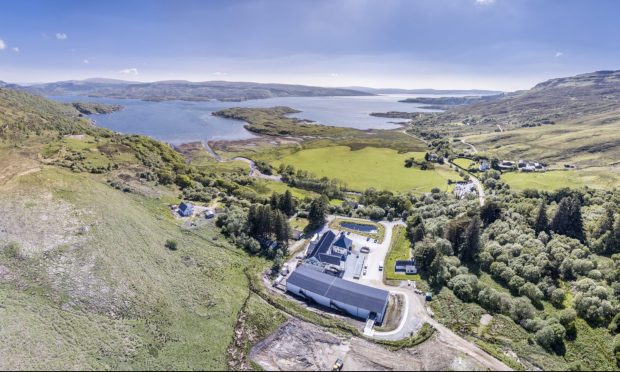
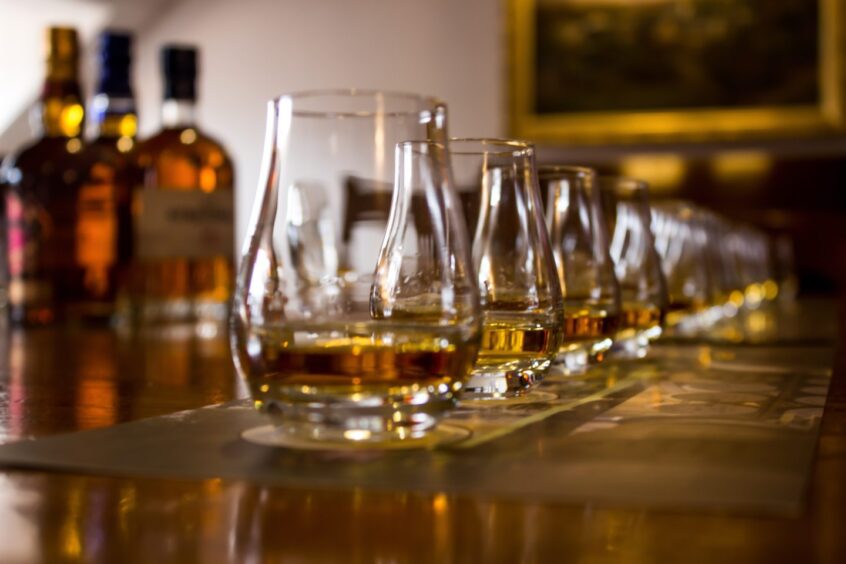
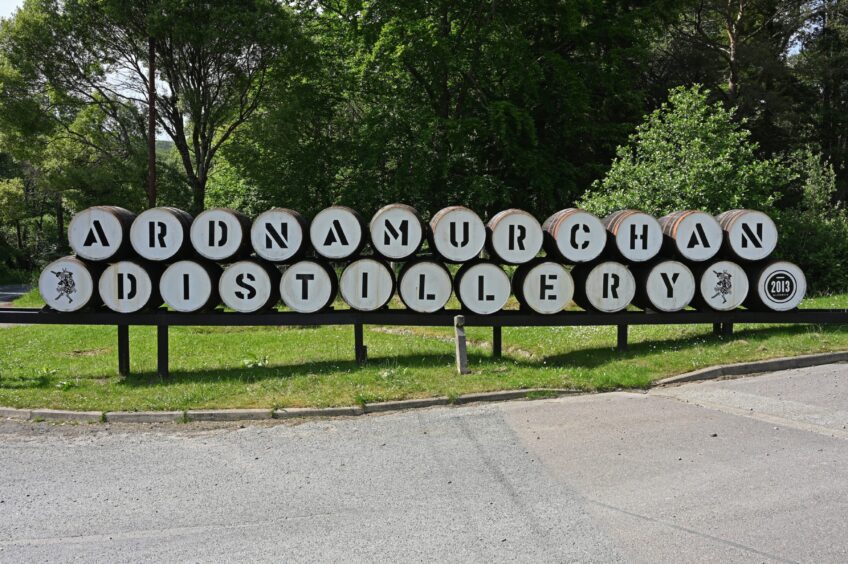
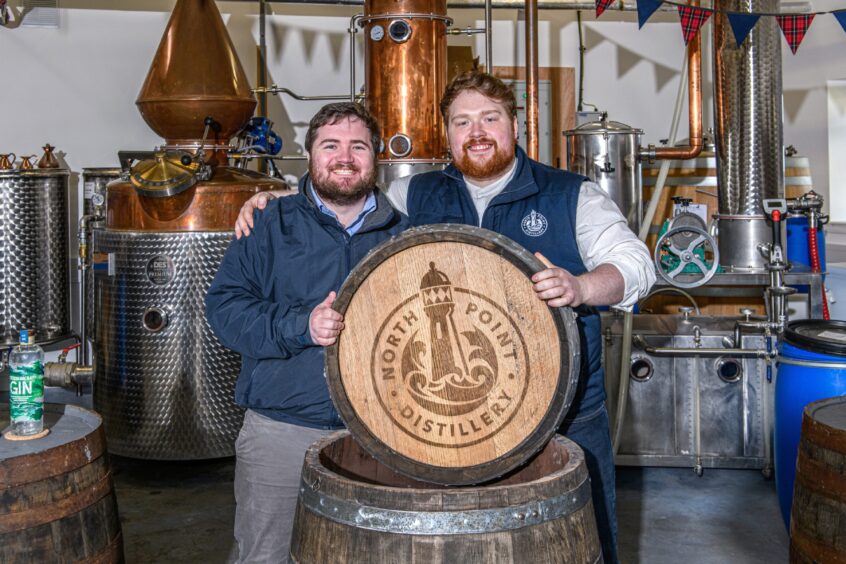
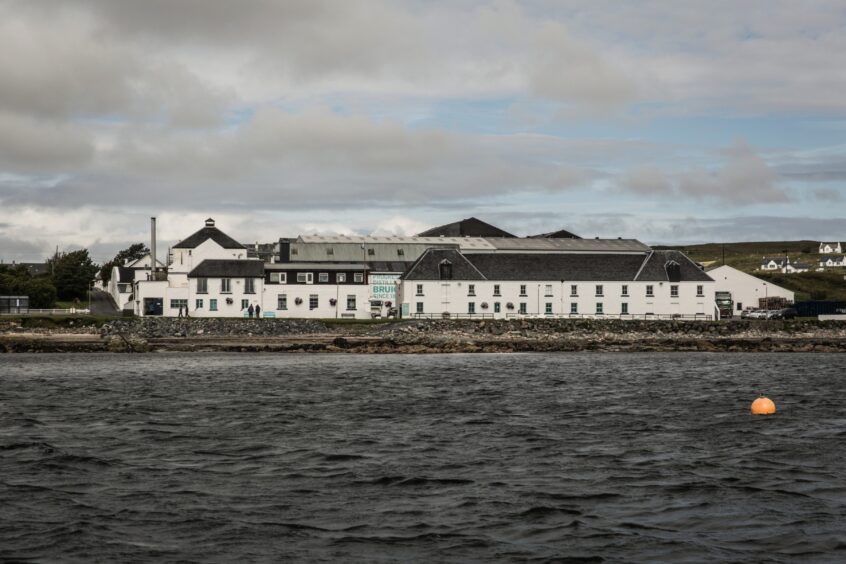

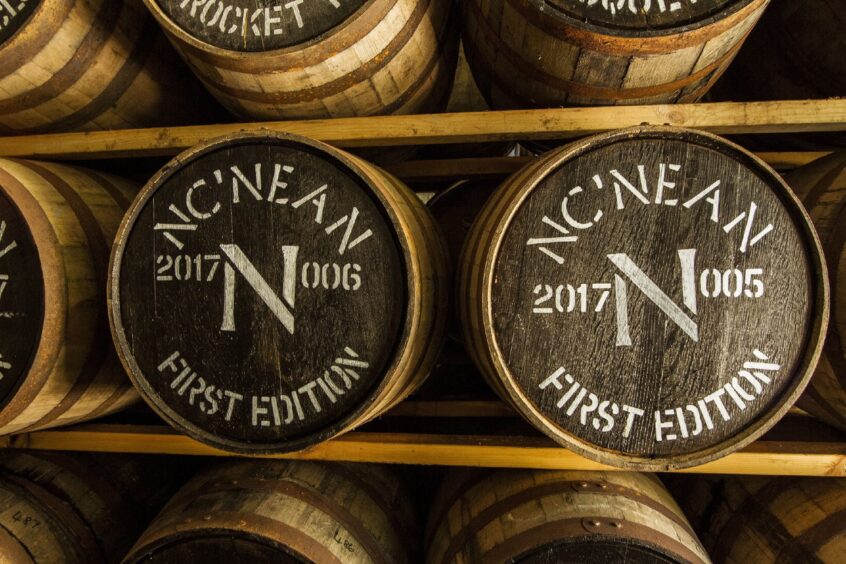
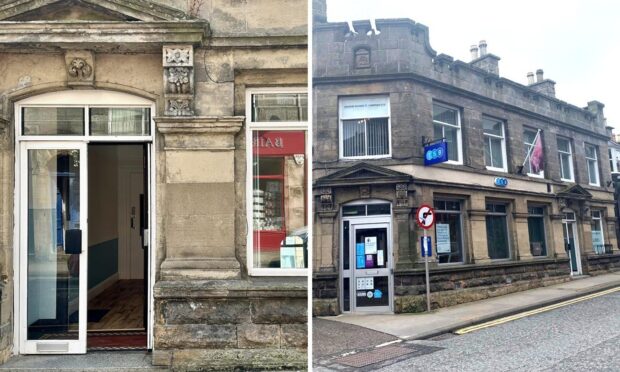

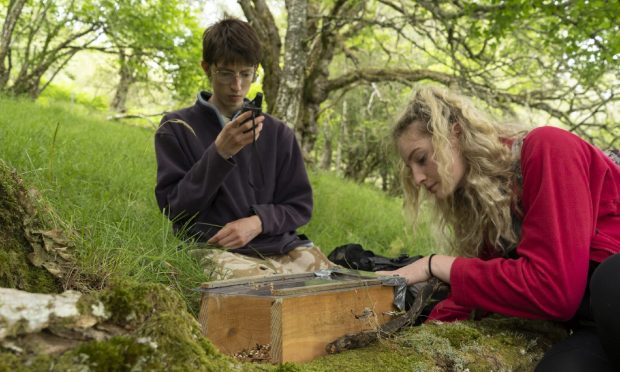
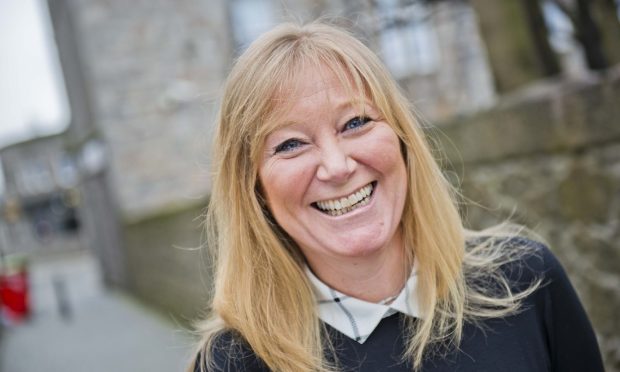
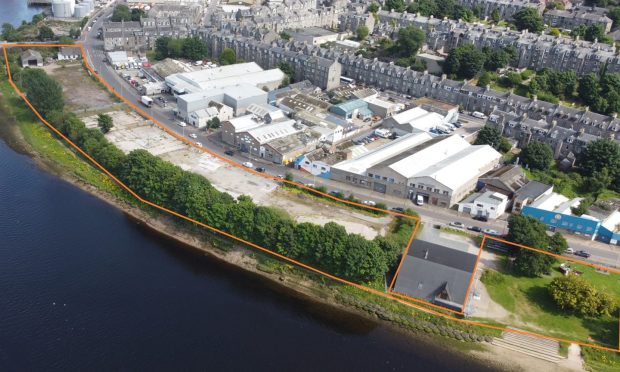
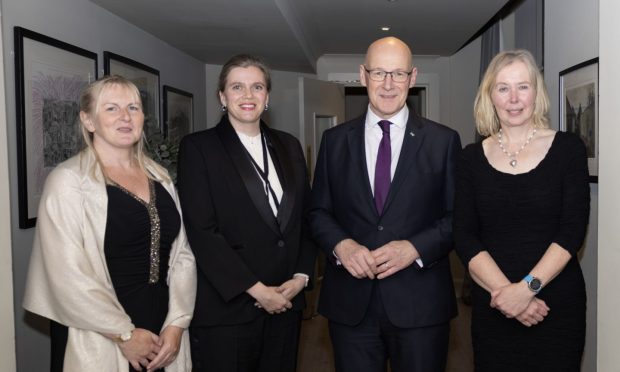

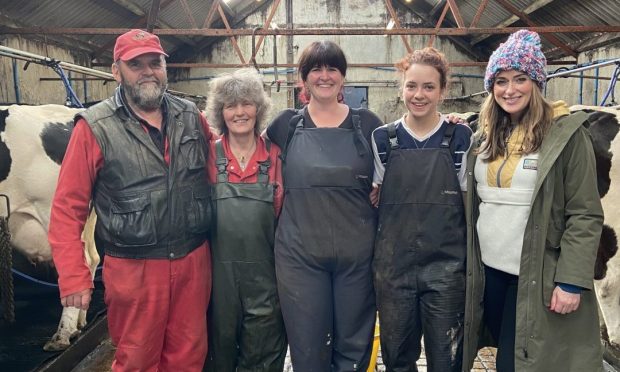
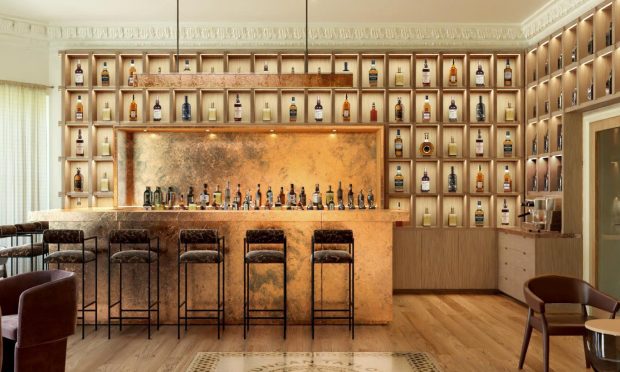
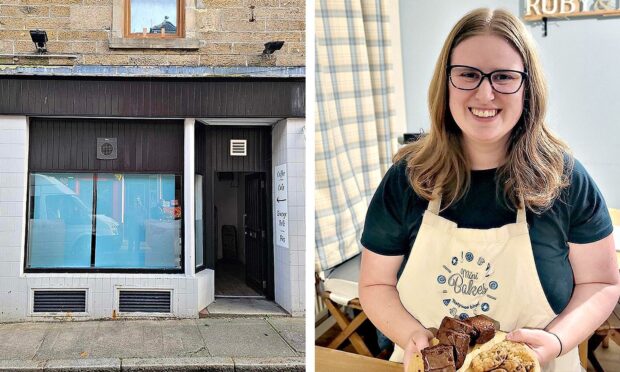
Conversation